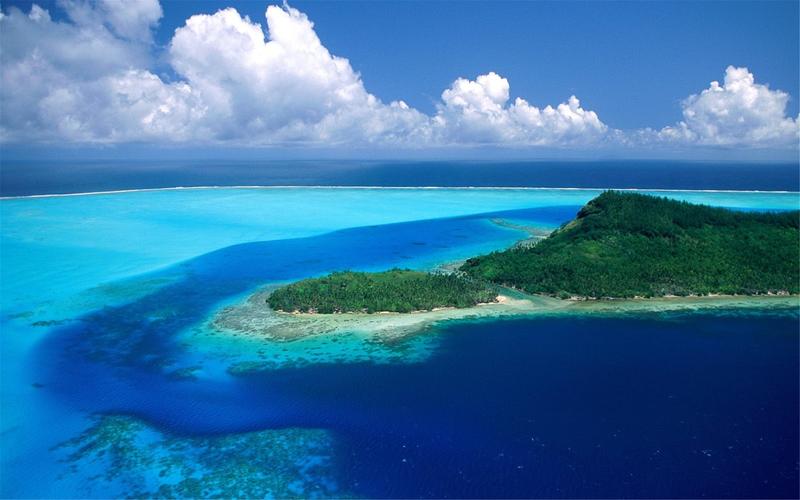Exploring the Mysterious and Fascinating Incas Culture: A Journey Into the Past
The Inca empire is one of the most remarkable civilizations in history, known for its impressive architecture, complex social structure, and sophisticated engineering. Their civilization, located in the Andes Mountains of South America, lasted for more than 300 years, until the arrival of the Spanish conquerors in the 16th century. Despite the recent discoveries and ongoing research, the Incas continue to fascinate, and their culture holds many secrets waiting to be uncovered.
Introduction
The Incas were a highly advanced civilization that left behind many mysteries yet to be unravelled. From their impressive engineering feats to their spiritual beliefs, this article aims to provide a comprehensive introduction to the culture of the Incas.
Ancient Origins of the Incas
The origins of the Inca Empire date back to the 13th century, when a small tribe known as the Inca rose to power in the Andes. The founder and first ruler of the Inca Empire was Manco Capac, who led a tribe of hunter-gatherers into the Cusco valley and built the first Inca settlement.
Over time, the tribe grew in power and influence, conquering neighboring tribes and expanding their territory. However, it was not until the reign of Pachacuti Inca Yupanqui, in the 15th century, that the Inca Empire reached its height of glory.
Social Structure of the Incas
The social structure of the Incas was highly organized, with distinct classes and roles assigned to individuals based on their ancestry, occupation, and achievements. At the top of the hierarchy were the ruling elite, who were believed to be descendants of the Sun God and held absolute power.
Below the ruling elite were the nobility, followed by the common people and slaves. The Incas also had a complex system of government and justice, with a network of officials and judges to ensure the smooth functioning of society.
Spiritual Beliefs of the Incas
The Incas had a rich spiritual tradition, with a pantheon of gods and goddesses worshipped throughout the empire. They believed in the importance of appeasing the gods through offerings and sacrifices, and had a deep reverence for the natural world, which they considered sacred.
The Incas also believed in an afterlife, with the souls of the deceased traveling to the underworld to join their ancestors. They mummified their dead and buried them with valuable possessions, to ensure their comfort in the afterlife.
Architectural Marvels of the Incas
The Incas were skilled architects, renowned for their impressive structures and engineering feats. One of their most famous structures is Machu Picchu, a sprawling city built high in the Andes mountains, which remains a testament to their mastery of stonework and engineering.
The Incas also built vast networks of roads and bridges, connecting the far-reaching corners of their empire. They engineered an elaborate system of terraces and aqueducts, which enabled them to farm in the harsh mountain environment and create stunning landscapes.
Conclusion
The Inca Empire was a marvel of human achievement, with its impressive architecture, sophisticated social structure, and rich spiritual beliefs. The legacy of the Incas continues to captivate and inspire people to this day, and their culture holds many fascinating secrets yet to be uncovered. As we explore the mysteries of the Inca civilization, we gain a deeper appreciation for the creativity and resourcefulness of human society.
(Note: Do you have knowledge or insights to share? Unlock new opportunities and expand your reach by joining our authors team. Click Registration to join us and share your expertise with our readers.)
Speech tips:
Please note that any statements involving politics will not be approved.
